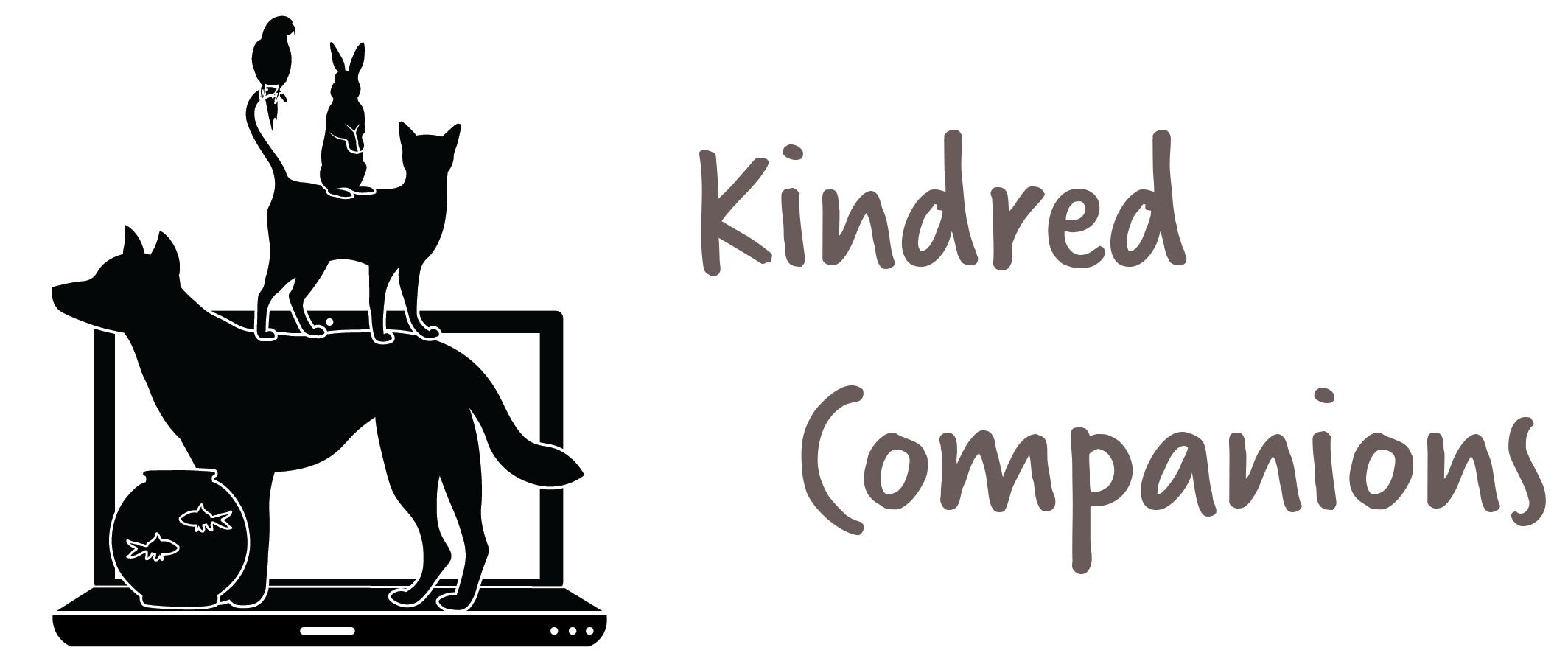Muzzles – Your dog’s best friend
I dropped my dog off at the vet today to get neutered. Around his face was a basket muzzle…
We personally recommend Baskerville Ultra Muzzles for comfort and easy access to treats and water.
Let me start off by saying that my dog is not a bad dog. He has never bitten a person. Today at the vet I maintained his zero bite track record because a muzzle equals zero chance of a bite.
So if my dog has never bitten, why a muzzle? My dog wears a muzzle because a muzzle means no mistakes. A muzzle means that if he is sick, in pain, or scared, he can’t bite. It means that the staff can handle my dog with respect and confidence, knowing that he can’t hurt them. It means that I can look out for his needs without trying to prevent a bite that might or might not happen. It takes biting off the table and lets us focus on the dog’s needs.
Quite literally speaking, every dog has the capacity to bite. Except a muzzled dog. Therefore, it is fair to say that a muzzled dog is a safe, if not the “safest” dog. There are a million reasons why a dog might bite and it’s not fair to assume that a dog won’t. There are on average, 4.5 million dog bites reported annually (AVMA.org/DogBitePrevention).
Muzzles get a bad rap. People picture dogs in Hannibal Lector masks. They assume the dog is bad, evil, or dangerous. That the muzzle is a tool of last resort for an animal too dangerous, aggressive, or just plain “bad”, to be around people or other animals.
A muzzle is none of these things. It is a force field that protects your dog from a mistake you can’t take back. That’s right, I said “you”. Because most of the time, a bite takes place when the owner has put their dog into a situation where they feel they have no choice but to protect themselves. This can be in the vet’s office, the groomer, when injured, and even when interacting with a child. The need for the muzzle is dictated by the needs of the animal and resources of the owner to help their animal through the situation.
Don't like the look of a black muzzle? What about blue?! Blue isn't scarey!
Baskerville Ultra also comes in blue. (We keep asking them to make pink...)
Now please understand that I am not saying that all dogs should wear muzzles all the time. The need for a muzzle is as I said, dictated by the needs of the animal. If your dog is afraid of something, is injured, sick, is afraid to be retrained, is anxious around children, and is required to deal with that situation, for their success and safety of all involved, put a muzzle on them. Then help your dog through the situation, confident in the notion that everyone is safe and no mistake will result in anyone getting hurt.
Muzzle success also hinges on your dog having a positive association with their muzzle. My dog loves his muzzle! Sure it comes out at the vet, or when he is hurt, sick, or in a situation that is stressful, but is also comes out during great things. He wears his muzzle sometimes during training, when playing in the house, in the car, outside, and even when seeing friends and family. This teaches the dog that when the muzzle comes out, it’s no big deal. We don’t want the muzzle adding stress to an already stressful situation. It shouldn’t be a harbinger of bad. It should be that thing they wear sometimes when they get treats, love or playtime. If you work hard at this, the muzzle can actually help the dog be less stressed because it is associated with so many good things.
A muzzle should not push against the eyes or squish the nose and allow the dog to eat, drink, and breath comfortably.
Proper size, type and acclimation to the muzzle are also important. Purchase a muzzle that your dog can still eat, drink and pant in. It’s not meant to prevent barking, growling, or any other natural ways your dog communicates. It is meant to prevent bites. So make sure you purchase one that does not restrict the mouth, and instead just creates a cage around it. Most muzzles of this type are marketed as basket muzzles. Once you have found a type you like, make sure it fits. It should not hit the dog in the eyes, or squish their nose. It should also have enough holes that you can give the dog treats comfortably through it. Finally, take it slow! Don’t bring it home and immediately put it on your dog’s face. Start off with just feeding your dog through it. Let them put their face in it. Teach your dog slowly that it isn’t a bad thing. And Practice! Only with tons of practice and positive association, will your dog be comfortable in a muzzle. This instruction is important. We don’t have the luxury of planning emergencies. If your dog gets hurt and needs to go to the vet, you want them comfortable in their muzzle long before that day comes.
So next time you see a dog with a muzzle on, praise that owner! They are looking out for looking out for their dog’s well-being, as well as yours!
For more information on teaching your dog to love their muzzle and pro muzzle campaigns, visit The Muzzle Up Project
Our store - Yellow Dog Pet Supply - just wrote a fabulous review on muzzles that you can view HERE.



